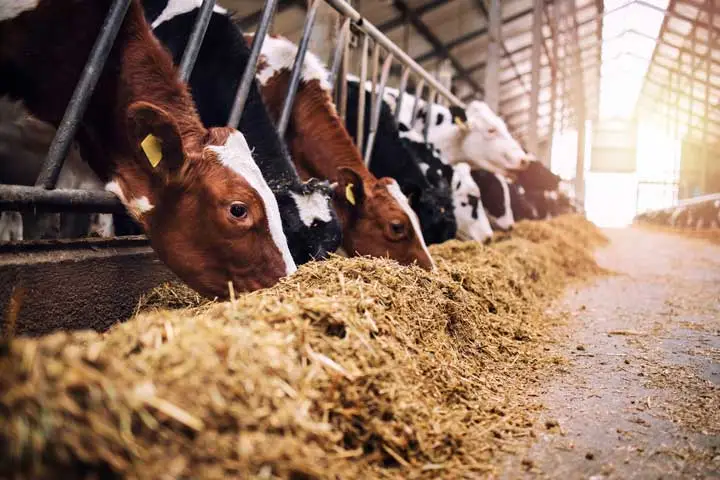Introduction Animal nutrition entails the study of the composition and characteristics of the material consumed by the animal, the manner in which this material is metabolised (converted, utilised, and excreted) in the digestive tract and body cells of monogastric animals (pigs, broilers, layers), ruminants (sheep, cattle, goats), … Livestock keeping in all its ventures is a major source of incomes all over Kenya, from the most productive to nearly desert areas, and for all livestock keepers livestock feeding and nutrition is a major concern. Inadequate nutrition is a major cause of low…
Day: January 4, 2024
Calf rearing and Management
A good social life in good health – a goal for young animals Introduction The aim of calf rearing is to produce strong, healthy, well grown calves that will continue to develop steadily after weaning. The calf rearing period covers the time from birth to 12 weeks of age. It is an important goal in organic farming to give all animals good living conditions, also the young animals – and maybe in particular the young ones: it is a precondition for becoming a good milking cow that the cow had a good life and…
Disease Prevention- Definition & Control (Ticks, Wounds, Vaccination)
Disease prevention is a procedure through which individuals, particularly those with risk factors for a disease, are treated in order to prevent a disease from occurring. Prevention of diseases is always both better and cheaper than treatment. Treatment normally begins either before signs and symptoms of the disease occur, or shortly thereafter. Even if vaccines and other preventive measures may seem expensive, they are in the long run much cheaper than loosing animals or letting animals suffer and loose condition and buying expensive drugs – not to mention the fees of the vets.…




